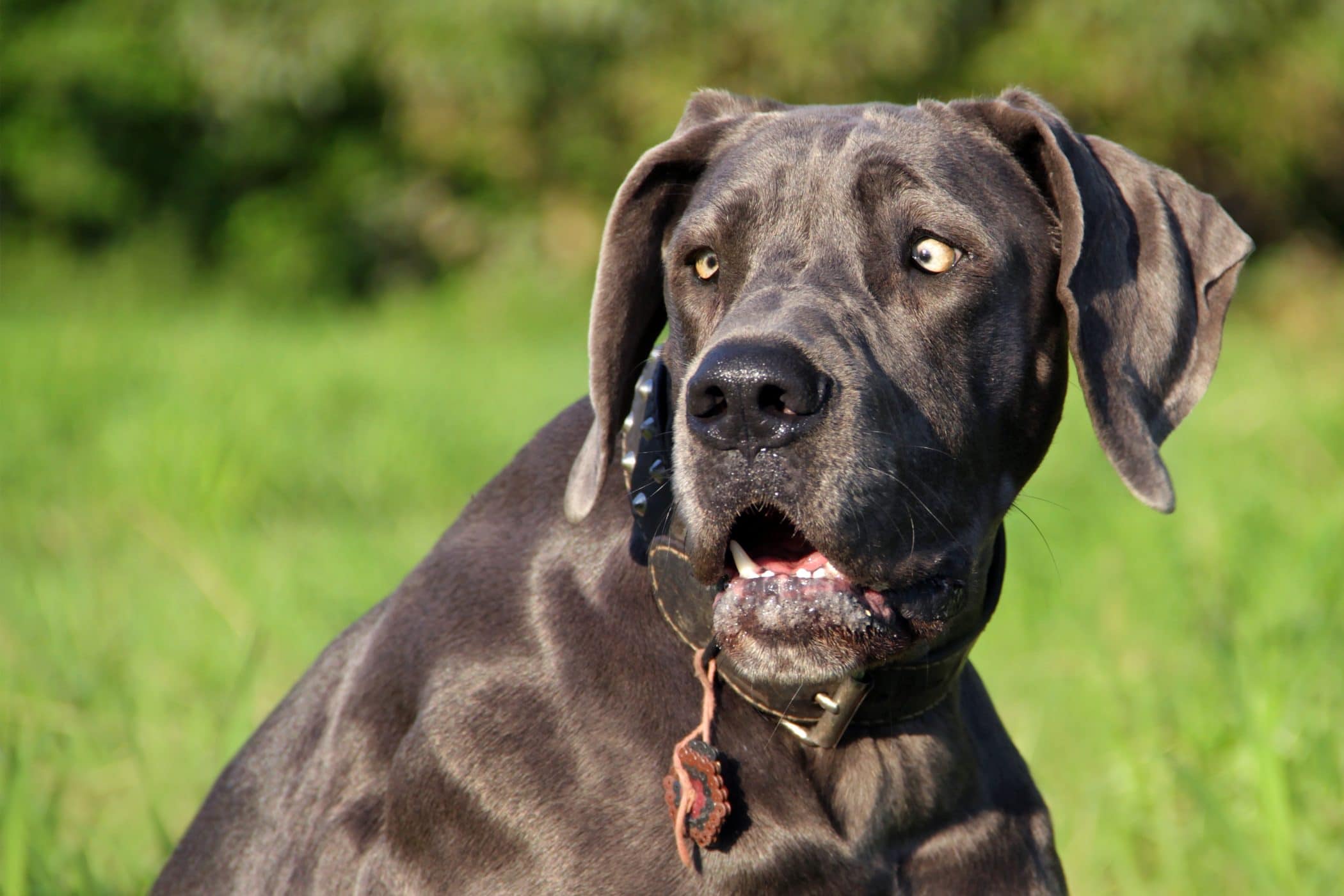Fear-related genes identified in Great Danes
In a new study from the universities of Ohulu and Helsinki in Finland, published in Nature translational psychiatry, the exomes of 16 Great Dane dogs were sequenced using SciLifeLab’s National Genomics Infrastructure (NGI). The authors now hope that the results may provide a natural animal model for human anxieties.
A genome-wide association study, GWAS, of 124 dogs, and whole exome- and genome sequencing of 16 dogs, revealed a novel locus on chromosome 11 with candidate genes associated with a known hippocampal regulator of anxiety.
The Great Dane breed is often reported as being fearful when meeting with unfamiliar people by owners and breeders, that is why this specific breed was chosen for the study. The aim was to find out if there are specific groups of genes associated with a fearful phenotype. A GWAS is performed by observing a set of genetic variants within the genome of different individuals and then matching those with specific traits.
“Dogs present an extensive natural variation in fear and anxiety behaviour and could advance the understanding of the molecular background of behaviour due to their unique breeding history and genetic architecture.”, the authors explain in the report.
In the study, 124 Great Danes were first phenotyped using a questionnaire meant to determine differences in individual behaviour. Based on this information the authors developed a “stranger fear score”, SFS, to describe the level of intensity and frequency of fear shown by the dogs when meeting unfamiliar people. The control group had a score of 0 and displayed no fearful reaction at all.
“To determine the phenotype and categorize dogs for the study is a challenge, and of course it would have been better to have a larger cohort of dogs for the replication of the results. But we simply did not have any more private Great Danes available for the study in Finland. The hardest thing in compels traits is to convincingly pinpoint the causal variant among many possible”, says Hannes Lohi, Professor at the University of Helsinki.
“We used SciLifeLab’s NGI for sequencing because they had the first new dog-specific assays available several years ago”, says Hannes Lohi.
From the cohort of 124 dogs, 16 were selected based on their SF score, specifically those with medium to severe scores between 16 and 28. The exome sequencing of the 16 dogs was then performed at SciLifeLab NGI.
The region identified on chromosome 11 included potential neuronal candidate genes, but the scientists were unable to identify any robust candidate causative variants – the sequence of a variant that is not previously known as causative of a disease, yet is found in affected individuals.
“To be able to collect more dogs with robust phenotypes to replicate the result and potentially find more loci and of course candidate causal variants”, says Hannes Lohi.
In the report, the authors make sure to highlight the complexity involved in connecting phenotypes with genetics when discussing their findings.
“Other studies on dogs only partially overlap the findings in the Great Dane study. In this study, we were unable to find a risk variant for fearfulness in GDs, which likely reflects the complex genetic nature and unknown genetic mechanisms underlying the phenotype”, the authors explain in the report.
Some of the candidate gene loci in the Great Danes, are largely syntenic with human equivalents. In human studies, they have been linked to regulation of neural development; the correct branching of neurites when developing neurons, and neurodevelopmental disorders such as autism and schizophrenia.
“I think it was exciting to find an association with such a small cohort of dogs, scored based on behavioral survey results. There are not many behavioral genetics discoveries yet in dogs, so this is amongst the first ones.”, says Hannes Lohi.





